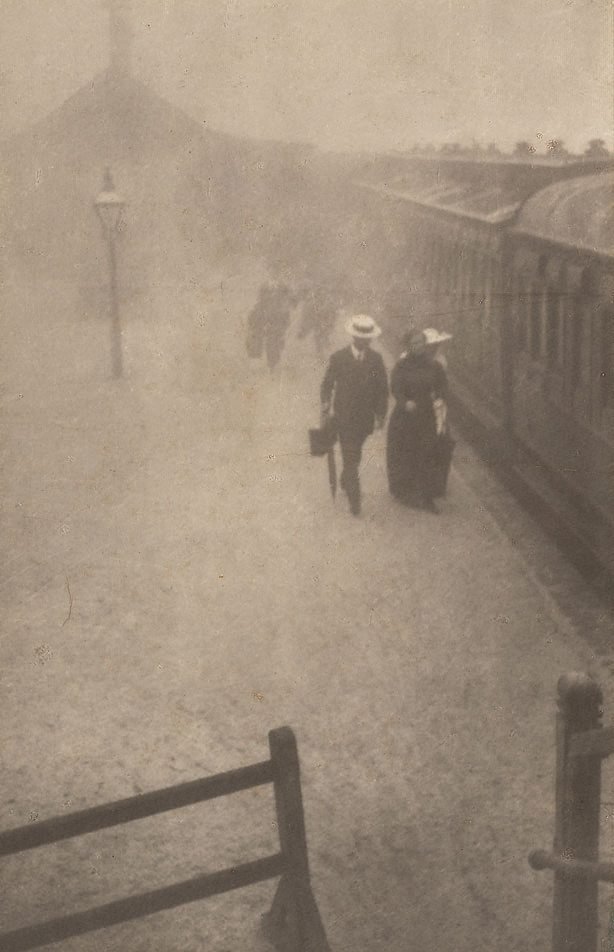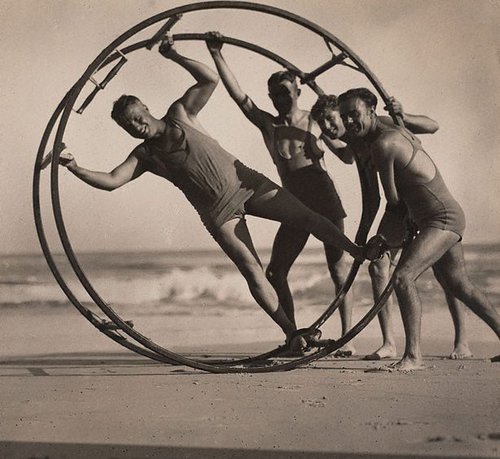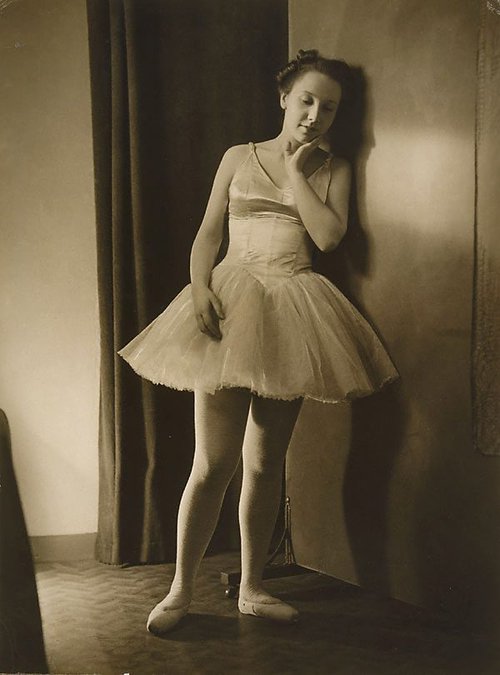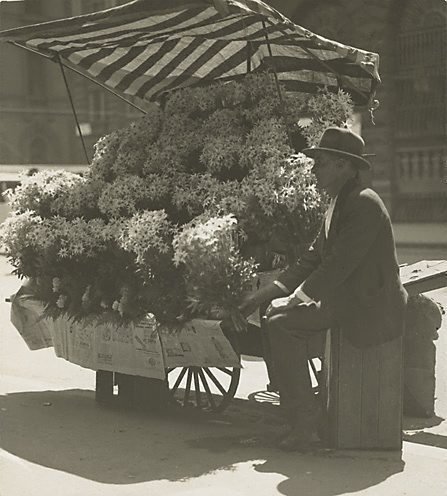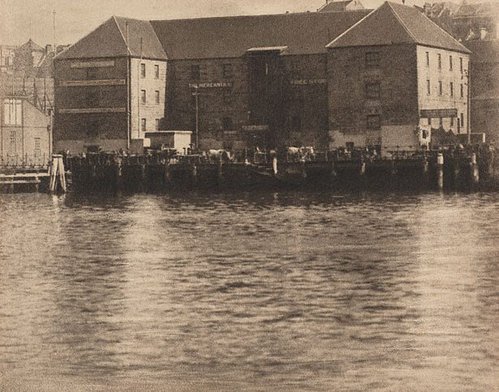-
Details
- Date
- 1910
- Media category
- Photograph
- Materials used
- gelatin silver photograph
- Dimensions
- 23.4 x 15.2 cm image/sheet; 30.2 x 19.5 cm card
- Signature & date
Signed l.r. card, pencil "H. Cazneaux". Not dated.
- Credit
- Gift of the Cazneaux family 1975
- Location
- South Building, ground level, 20th-century galleries
- Accession number
- 116.1975
- Copyright
- Artist information
-
Harold Cazneaux
Works in the collection
- Share
-
-
About
Bound east is a quintessentially pictorialist vision of a railway platform, enhancing the presence of haze in order to give the image an atmospheric quality. Steven Miller argues that two key characteristics unite the otherwise disparate school of Australian pictorialism in the: the gravitation toward softness of line to achieve a painterly aesthetic, as well as the manipulation of the negative during the printing process 1. Cazneaux’s intervention in the printing process obscures detail and dimension of objects beyond stair railings of the foreground of the photograph. The horizontal plane and vanishing point is completely lost in the haze, as are the faces of alighting passages and the far train carriages. This image fits squarely with the aesthetically concerns of early-twentieth century pictorialism.
Harold Cazneaux was born in Wellington, New Zealand in 1878. His parents, Pierce Mott Cazneau and Emma Florence (née Bentley) worked in commercial studios in New Zealand before returning to settle permanently in Adelaide during the early 1890s. At the age of 18 Cazneaux went to work alongside his father at Hammer & Co studio as a retoucher. He moved to Sydney in 1904 to join the larger portrait firm, Freeman’s quickly ascending to the position of ‘chief operator’ (as camera portraitists were known). Studio work was highly formulaic, with little scope for creativity. Cazneaux used his time walking to and from work to experiment with pictorialist aesthetics 2. The Photographic Society of New South Wales organised an exhibition of Cazneaux’s photographs in 1909, the first such solo exhibition of its kind in Australia. In 1916 he and fellow pictorialist photographer, Cecil Bostock founded the Sydney Camera Circle. The group was particularly interested in the how pictorialism could be adapted to and extended within an Australian context. The mechanised, standardised and frenetic pace of Freeman’s increasingly took its toll on Cazneaux’s creativity and health, and he resigned in 1917. He moved with his wife and daughters to the Sydney suburb of Roseville, and in 1920 he was employed as the official photographer for The Home magazine. This new position let him work in a varied indoor and outdoor environments. In 1938 Cazneaux was awarded an Honorary Fellow of the Royal Photographic Society of London. He continued to work until his death in 1953.
1. Miller S 2007, ‘Chapter 4: Australian Pictorialism’ in, ‘Photography: Art Gallery of New South Wales Collection Handbook’, Art Gallery of New South Wales, Sydney p 72
2. Newton G 1988, ‘Shades of Light: Photography and Australia 1839-1988’, Australian National Gallery, Canberra p 85 -
Exhibition history
Shown in 4 exhibitions
Project 7 - Harold Cazneaux: 1878 - 1953 (1975), Art Gallery of New South Wales, Sydney, 30 Aug 1975–28 Sep 1975
Harold Cazneaux, Art Gallery of New South Wales, Sydney, 22 Dec 1989–11 Mar 1990
Soft Shadows and Sharp Lines: Australian photography from Cazneaux to Dupain, Art Gallery of New South Wales, Sydney, 30 Sep 2002–17 Nov 2002
Harold Cazneaux: artist in photography, Art Gallery of New South Wales, Sydney, 05 Jun 2008–10 Aug 2008
-
Bibliography
Referenced in 4 publications
-
Natasha Bullock, Harold Cazneaux: artist in photography, Sydney, 2008.
-
Natasha Bullock (Curator), Soft shadows and sharp lines: Australian photography from Cazneaux to Dupain, Sydney, 2002. no pagination or catalogue numbers
-
Helen Ennis, Viewpoints: visual arts case studies, 'Subject to change: Photography in Australia', pg. 103-114, Port Melbourne, 1998, 108 (illus.). fig.no. 10.4
-
Gael Newton, Project 7: Harold Cazneaux 1878 - 1953, Sydney, 1975. cat.no. 4
-
